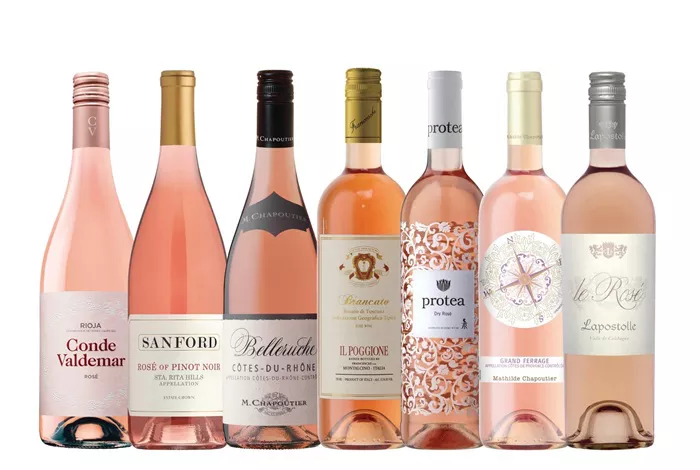At the 35th World Congress of Vine and Wine held in Izmir, Turkey, in 2012, the International Organisation of Vine and Wine (OIV) made a groundbreaking decision by adopting Resolution OIV-OENO 394A-2012. This resolution introduced a technical framework for reducing alcohol content in wines, allowing winemakers to use techniques such as vacuum evaporation, membrane processes, and distillation. The move reflects the industry’s response to evolving consumer preferences and the growing awareness of health concerns related to alcohol consumption.
The resolution outlines stringent quality standards for wines undergoing alcohol reduction to prevent any organoleptic defects. These processes must be overseen by qualified oenologists or technicians to ensure that the wines retain their sensory characteristics. By setting these high standards, the OIV aims to meet the increasing demand for lower-alcohol beverages while maintaining the integrity of the wine.
Valérie Lempereur, a representative from the French Institute of Vine and Wine, highlighted that these techniques provide winemakers with new market opportunities by aligning with the broader trend of mindful consumption. However, she emphasized that achieving the right balance requires close collaboration between producers and researchers to avoid compromising quality.
Fernando Zamora, a professor at the Faculty of Oenology at Rovira i Virgili University, pointed to two key drivers behind the resolution: the growing demand for low- and no-alcohol wines, and the challenges posed by climate change. As global temperatures rise, grape sugar concentrations increase, leading to higher alcohol levels in wines. This imbalance can affect the wine’s flavor and structure. Zamora noted that the OIV’s approval of alcohol reduction methods that lower alcohol content to below 0.5% offers a practical solution to this challenge.
Climate change has created a unique dilemma for winemakers. Harvesting grapes earlier to manage alcohol levels risks compromising phenolic maturity, which is crucial for high-quality wine production. Alcohol reduction methods provide an alternative solution, allowing producers to manage alcohol content without sacrificing the wine’s essential characteristics.
Matthias Schmitt, a professor of oenology at Hochschule Geisenheim University, emphasized the importance of advanced techniques like vacuum distillation and membrane processes. Vacuum distillation, which uses spinning cone columns, removes alcohol at controlled temperatures while preserving the wine’s aromatic profile. Membrane processes, including reverse osmosis, separate alcohol without impacting other components. Both methods require precision to maintain the wine’s sensory integrity.
However, dealcoholization is not without its challenges. Adriaan Oelofse, head of enological innovation in South Africa, pointed out that reducing ethanol can alter the wine’s flavor complexity, affecting its nose and palate. Additionally, alcohol acts as a natural preservative, so low-alcohol wines may face stability issues over time. Production costs and varying international regulations further complicate the commercial viability of dealcoholized wines.
The wine industry now faces the task of educating consumers about the unique sensory profiles of low-alcohol wines. These products offer a distinct experience compared to traditional wines, necessitating clear communication to align consumer expectations with the cultural significance of wine. The OIV resolution aims to strike a balance between innovation and tradition, ensuring that dealcoholized wines meet the quality standards consumers expect.
As the wine industry continues to evolve, the adoption of alcohol reduction techniques represents a crucial step in creating modern, inclusive products. With ongoing research and technological advancements, producers can meet contemporary consumer preferences while preserving the timeless qualities of winemaking.
Related topics


